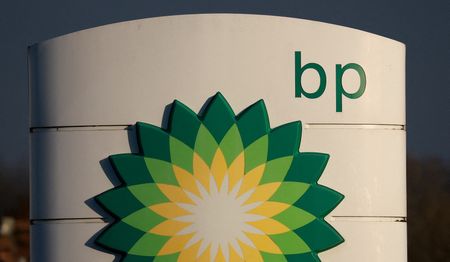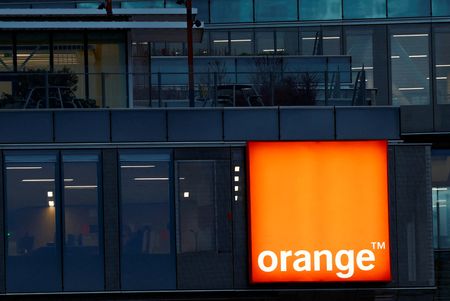By David Milliken
LONDON (Reuters) -Businesses in Britain’s services sector reported the biggest drop in new orders in July since November 2022 and cut staffing by the most in six months, according to a survey on Tuesday that may add to the Bank of England’s worries about growth.
Britain’s central bank is widely expected to cut interest rates to 4% on Thursday from 4.25%, its fifth cut in the current cycle, though some policymakers may vote to keep rates on hold as inflation has climbed well above its 2% target.
July’s S&P Global Purchasing Managers’ Index for the services sector dropped to 51.8 from June’s 52.8 – a smaller drop than fall to 51.2 originally reported.
The composite PMI, which includes last week’s stronger manufacturing data, was revised up to 51.5 from 51.0.
But new business fell sharply. That component dropped below the 50 level that divides growth from contraction for the first time since October 2023, falling to 47.7 from 51.3, the lowest since November 2022 when businesses had been unsettled by high inflation and Prime Minister Liz Truss’ budget plans.
“Risk aversion and low confidence among clients were the main reasons provided for sluggish sales pipelines, alongside an unfavourable global economic backdrop,” S&P Global Market Intelligence’s economics director, Tim Moore, said.
The employment component fell to 45.6 from 47.0, its lowest since February, which S&P said reflected “hiring freezes and redundancies in response to subdued demand and robust input cost inflation”.
Britain’s Labour government increased employer’s social security contributions with effect from April as well as approving a near 7% rise in the minimum wage, and plans new legislation that will make it harder to sack workers in their first two years.
Official data showed Britain’s unemployment rate in the three months to May rose to a four-year high of 4.7%, while economic output shrank in both April and May.
Despite this, S&P said businesses were more upbeat about the year ahead. The index for future activity rose to 65.9 from 64.4, their second-highest level since October, due to “receding concerns about U.S. tariffs and hopes of a boost to business and consumer spending from interest rate cuts,” Moore said.
(Reporting by David Milliken)











